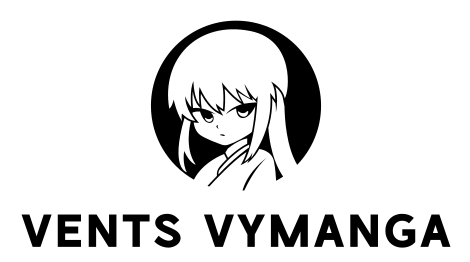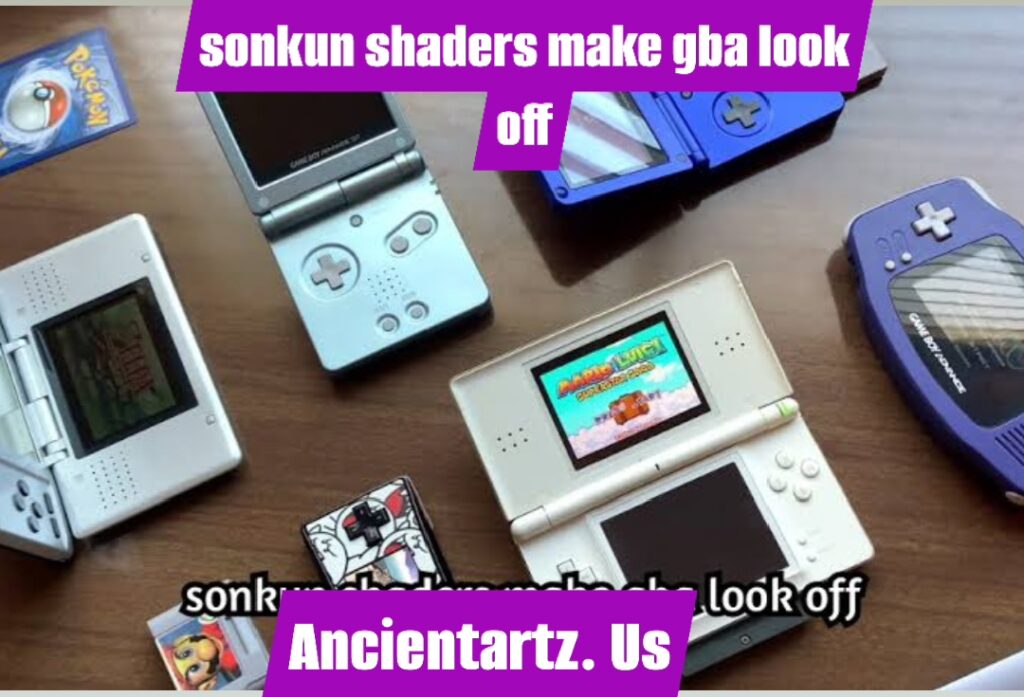Introduction
In the gaming world, the nostalgia of retro consoles holds a special place in the hearts of many enthusiasts. Among these cherished relics, the Game Boy Advance (GBA) stands tall as a revolutionary handheld console that redefined portable gaming. With its rich library of games, colorful graphics, and engaging gameplay, the GBA remains a beloved system for millions. However, modern technology has introduced a plethora of ways to revisit and enhance these classics. One such innovation is the Sonkun Shaders, a set of graphical enhancements designed to emulate and upscale GBA visuals for modern displays. While these shaders aim to improve the GBA experience, they have also sparked debates within the gaming community, with some purists arguing that these visual tweaks “make GBA look off.” This article delves deep into the intricacies of Sonkun Shaders, examining their impact on the authentic GBA aesthetic and exploring the broader implications of modifying retro visuals in the name of modernization.
The Role of Shaders in Retro Gaming
The term “shaders” refers to software or algorithms used in graphics rendering to enhance or alter the appearance of visuals. In retro gaming, shaders have become instrumental in bridging the gap between the pixelated charm of classic games and the high-resolution expectations of modern players. Sonkun Shaders are specifically designed to apply various filters and effects to GBA emulation, enabling smoother graphics, vibrant colors, and refined details. These enhancements are particularly appealing to gamers who play GBA titles on larger, high-definition screens, where the original resolution might appear stretched or blurry.
However, this process of graphical enhancement is not without its challenges. Retro games were meticulously designed with specific hardware limitations in mind, and their visual aesthetics were tailored to the smaller screens and pixel densities of their era. Applying modern shaders can unintentionally disrupt this delicate balance, creating visuals that feel disconnected from the original experience. While some players appreciate the polished look provided by sonkun shaders make gba look off, others argue that these changes dilute the authentic GBA aesthetic, raising questions about the true purpose of retro gaming enhancements.
The Nostalgia Factor: Preserving Authenticity vs. Embracing Modernity
At the heart of the sonkun shaders make gba look off debate lies a fundamental question: Should retro gaming experiences remain faithful to their original form, or should they evolve to meet contemporary standards? Nostalgia plays a pivotal role in the appeal of retro gaming. For many players, the joy of revisiting GBA titles lies in their ability to evoke memories of childhood—memories tied to the console’s original graphics, sound, and gameplay mechanics. Any alteration to these elements can feel like a departure from the essence of the game.
On the other hand, modern gamers often approach retro titles with different expectations. To them, the appeal of retro gaming may lie in the gameplay and storytelling, rather than the visual fidelity. For such players, Sonkun Shaders’ enhancements offer a welcome update, making the games more visually appealing and accessible on today’s devices. This divergence in player expectations underscores the broader challenge of balancing authenticity with modernization in the realm of retro gaming.
Technical Aspects of Sonkun Shaders
Sonkun Shaders utilize advanced graphical techniques to enhance the GBA’s visuals. These include interpolation methods to smooth out pixelated edges, color grading to make hues more vibrant, and resolution scaling to fit modern displays. Additionally, the shaders often include options for customization, allowing users to tweak settings according to their preferences. For example, players can adjust the level of sharpness, brightness, and saturation, tailoring the visuals to their liking.
Despite these features, the implementation of sonkun shaders make gba look off can sometimes produce mixed results. The GBA’s original graphics were designed with a distinct pixel art style, optimized for a low-resolution display. Smoothing out these pixels or altering the color palette can unintentionally blur the artistic intent of the developers. Furthermore, some shader effects can introduce visual artifacts or distortions that detract from the overall experience. These technical limitations highlight the complexity of adapting retro visuals for modern audiences while maintaining their artistic integrity.
The Cultural Significance of Retro Graphics
Retro graphics are more than just a visual style; they represent a cultural artifact of their time. The pixel art of the GBA era reflects the technological constraints and artistic innovations of the early 2000s. Developers ingeniously worked within these limitations, creating iconic visuals that defined a generation of gaming. For many enthusiasts, preserving these graphics in their original form is akin to preserving a piece of history.
By altering the GBA’s visuals with sonkun shaders make gba look off, there is a risk of erasing this historical context. While the enhanced graphics may appeal to modern sensibilities, they can inadvertently strip away the charm and authenticity that make retro games unique. This tension between preservation and innovation is a recurring theme in the debate surrounding retro gaming enhancements. As such, the adoption of sonkun shaders make gba look off raises important questions about the responsibilities of modern gamers and developers in honoring the legacy of classic consoles.
Community Reactions and Diverging Opinions
The gaming community’s response to Sonkun Shaders has been notably divided. On one side, proponents of the shaders praise their ability to breathe new life into GBA titles, making them more enjoyable on contemporary hardware. These players argue that gaming is an ever-evolving medium, and visual enhancements are a natural progression in adapting retro experiences for modern audiences.
Conversely, critics of sonkun shaders make gba look off express concerns about the loss of authenticity. They contend that the shaders’ alterations compromise the original aesthetic, creating visuals that feel “off” compared to the GBA’s native graphics. For these purists, the appeal of retro gaming lies in its ability to transport players back to a specific time and place, an experience that is intrinsically tied to the original visuals.
This divide reflects broader trends in the gaming industry, where debates about authenticity and modernization are increasingly common. Whether it’s the remastering of classic games or the use of emulation, the challenge of balancing old and new continues to shape the way we engage with gaming history.
Conclusion
The introduction of sonkun shaders make gba look off has reignited discussions about the role of technology in shaping our appreciation of retro gaming. While these shaders offer impressive visual enhancements that cater to modern tastes, they also challenge our notions of authenticity and preservation. The debate surrounding Sonkun Shaders is not merely about graphics; it’s about the values we attach to gaming as a cultural and artistic medium.
Ultimately, the decision to use Sonkun Shaders comes down to personal preference. For some, the enhanced visuals represent an exciting way to rediscover GBA classics, while for others, they detract from the nostalgic charm that defines retro gaming. As technology continues to evolve, the gaming community must grapple with these questions, finding ways to honor the past while embracing the future.
Frequently Asked Questions (FAQs)
What are Sonkun Shaders?
Sonkun Shaders are graphical enhancements designed for GBA emulators, offering smoother graphics, vibrant colors, and improved resolution for modern displays.
Do Sonkun Shaders change the original gameplay of GBA titles?
No, Sonkun Shaders only affect the visual presentation of games. The core gameplay, mechanics, and controls remain unchanged.
Can I customize Sonkun Shaders to match my preferences?
Yes, most implementations of Sonkun Shaders include customizable settings, allowing players to adjust sharpness, brightness, saturation, and other visual parameters.
Why do some players feel that Sonkun Shaders “make GBA look off”?
Critics argue that Sonkun Shaders alter the original pixel art and color palette of GBA games, creating visuals that feel disconnected from the authentic aesthetic of the console.
Are Sonkun Shaders suitable for all GBA games?
While Sonkun Shaders can enhance many GBA titles, their effectiveness varies depending on the game’s art style and design. Some games may benefit more than others from these enhancements.
How can I try Sonkun Shaders on my device?
To use Sonkun Shaders, you’ll need a compatible GBA emulator that supports shader customization. Check the emulator’s documentation for installation instructions and shader options.
Also Read This: Sonkun Shaders: Revolutionizing the GBA Visual Experience or Distorting Its Essence?



